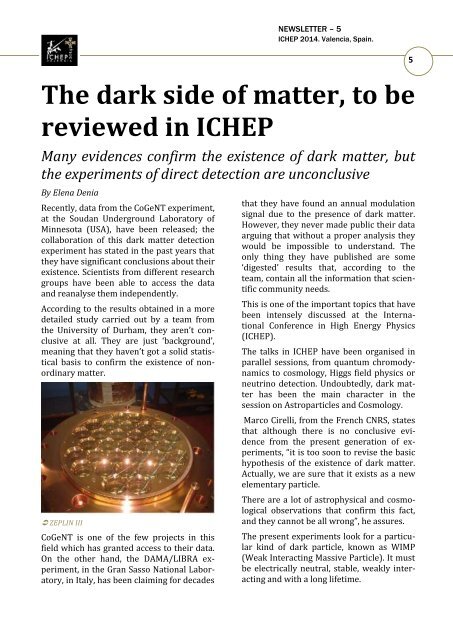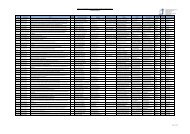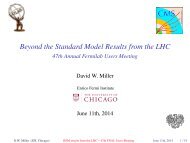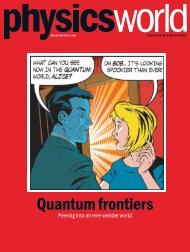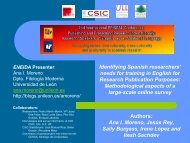yTM9n
yTM9n
yTM9n
Create successful ePaper yourself
Turn your PDF publications into a flip-book with our unique Google optimized e-Paper software.
NEWSLETTER – 5<br />
ICHEP 2014. Valencia, Spain.<br />
5<br />
The dark side of matter, to be<br />
reviewed in ICHEP<br />
Many evidences confirm the existence of dark matter, but<br />
the experiments of direct detection are unconclusive<br />
By Elena Denia<br />
Recently, data from the CoGeNT experiment,<br />
at the Soudan Underground Laboratory of<br />
Minnesota (USA), have been released; the<br />
collaboration of this dark matter detection<br />
experiment has stated in the past years that<br />
they have significant conclusions about their<br />
existence. Scientists from different research<br />
groups have been able to access the data<br />
and reanalyse them independently.<br />
According to the results obtained in a more<br />
detailed study carried out by a team from<br />
the University of Durham, they aren’t conclusive<br />
at all. They are just ‘background’,<br />
meaning that they haven’t got a solid statistical<br />
basis to confirm the existence of nonordinary<br />
matter.<br />
ZEPLIN III<br />
CoGeNT is one of the few projects in this<br />
field which has granted access to their data.<br />
On the other hand, the DAMA/LIBRA experiment,<br />
in the Gran Sasso National Laboratory,<br />
in Italy, has been claiming for decades<br />
that they have found an annual modulation<br />
signal due to the presence of dark matter.<br />
However, they never made public their data<br />
arguing that without a proper analysis they<br />
would be impossible to understand. The<br />
only thing they have published are some<br />
‘digested’ results that, according to the<br />
team, contain all the information that scientific<br />
community needs.<br />
This is one of the important topics that have<br />
been intensely discussed at the International<br />
Conference in High Energy Physics<br />
(ICHEP).<br />
The talks in ICHEP have been organised in<br />
parallel sessions, from quantum chromodynamics<br />
to cosmology, Higgs field physics or<br />
neutrino detection. Undoubtedly, dark matter<br />
has been the main character in the<br />
session on Astroparticles and Cosmology.<br />
Marco Cirelli, from the French CNRS, states<br />
that although there is no conclusive evidence<br />
from the present generation of experiments,<br />
“it is too soon to revise the basic<br />
hypothesis of the existence of dark matter.<br />
Actually, we are sure that it exists as a new<br />
elementary particle.<br />
There are a lot of astrophysical and cosmological<br />
observations that confirm this fact,<br />
and they cannot be all wrong”, he assures.<br />
The present experiments look for a particular<br />
kind of dark particle, known as WIMP<br />
(Weak Interacting Massive Particle). It must<br />
be electrically neutral, stable, weakly interacting<br />
and with a long lifetime.


